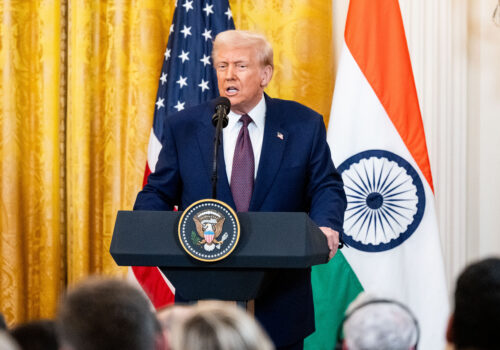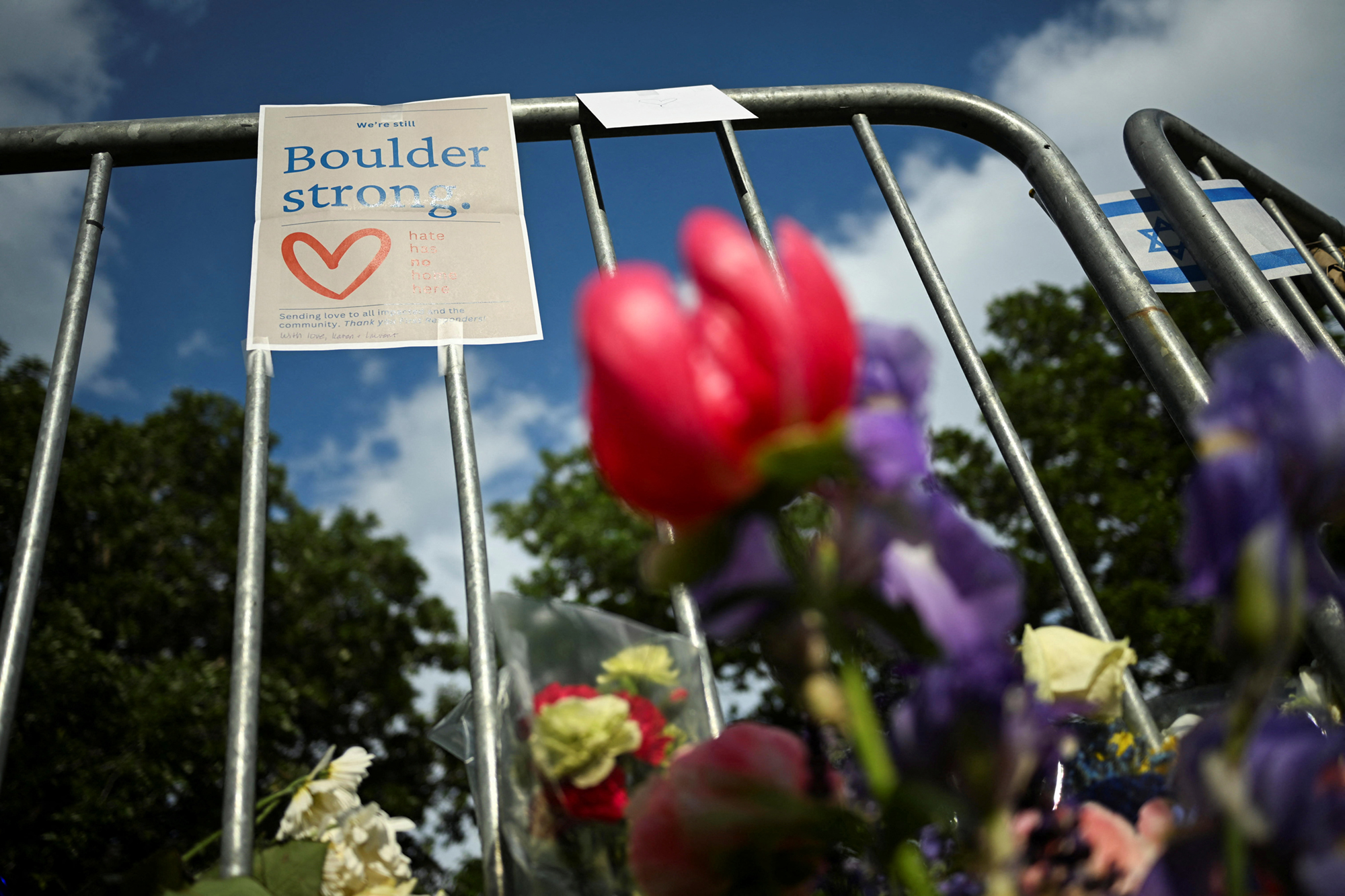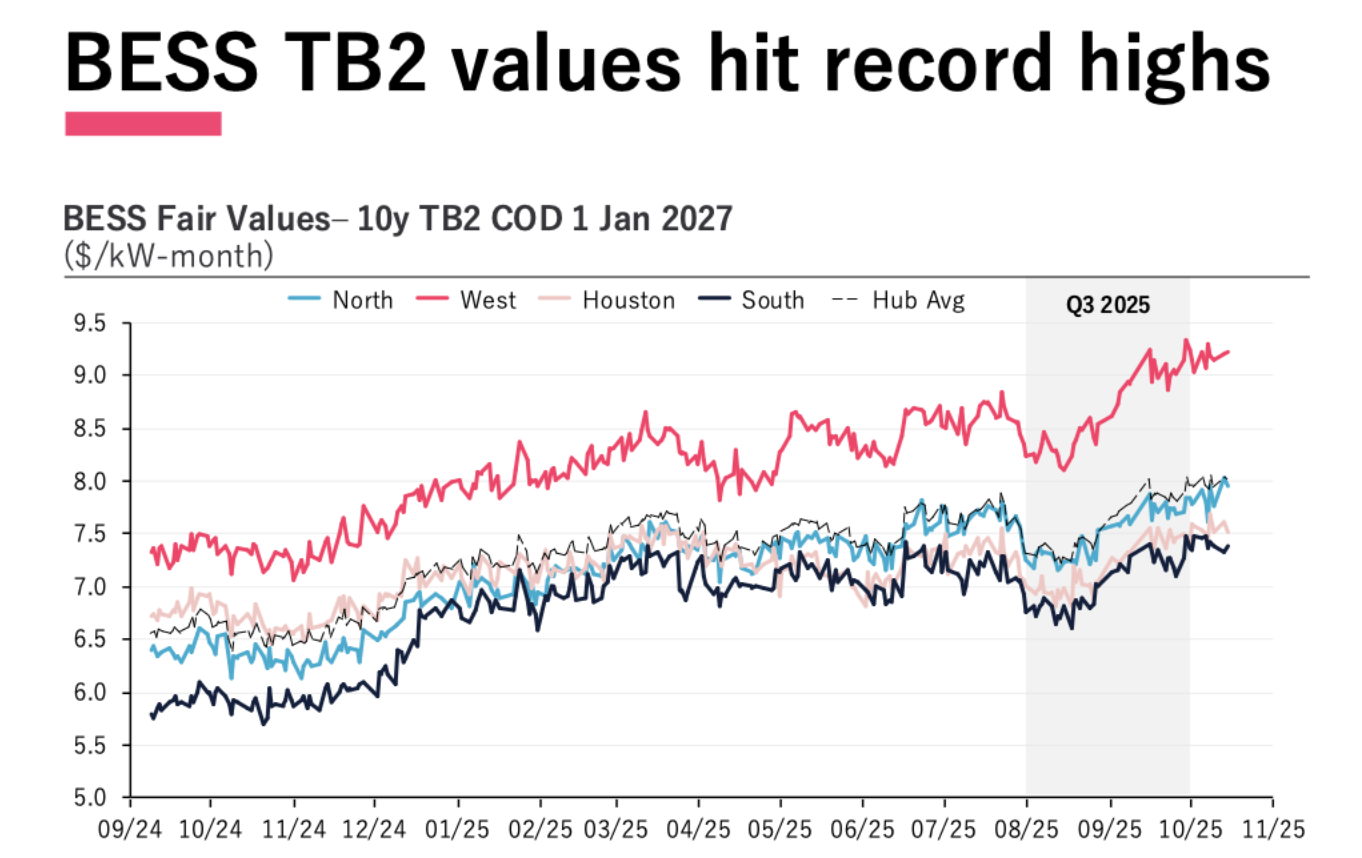Evidence pointing to genocide in Gaza overwhelming, says ex-war crimes prosecutor – Anadolu Ajansı

Report on International Justice, the Gaza Conflict, and Sustainable Development Goals
Executive Summary: SDG 16 and Allegations of Genocide
A report based on statements by Graham Blewitt, a former deputy prosecutor at the International Criminal Tribunal for the former Yugoslavia (ICTY), highlights severe challenges to the achievement of Sustainable Development Goal 16 (Peace, Justice and Strong Institutions). Mr. Blewitt asserts that there is overwhelming evidence to support an indictment of Israeli leaders for genocide in Gaza, drawing parallels to the 1995 Srebrenica massacre. This situation underscores a critical failure in upholding international law and protecting vulnerable populations, directly contravening the core tenets of the 2030 Agenda for Sustainable Development.
Analysis of Alleged Violations in Relation to SDGs
Evidence of Intent and Disproportionality
Mr. Blewitt’s analysis points to significant evidence that challenges the international community’s commitment to peace and justice. The assessment is based on two primary factors:
- Statements of Intent: Comments made by Israeli leaders suggesting a desire to “wipe the Palestinians from the face of the Earth” are cited as potential evidence of genocidal intent, a key component in prosecuting such crimes.
- Disproportionate Military Action: The Israeli air campaign is described as showing a lack of proportionality. Strikes targeting a single individual that result in the death or injury of dozens or hundreds of civilians in the vicinity are presented as a violation of international humanitarian law.
Impact on Key Sustainable Development Goals
The actions described have profound implications for several SDGs:
- SDG 16: Peace, Justice and Strong Institutions: The alleged mass killings and potential genocide represent a fundamental breach of Target 16.1 (reduce all forms of violence and related death rates) and Target 16.3 (promote the rule of law and ensure equal access to justice).
- SDG 3: Good Health and Well-being: The high number of civilian casualties resulting from disproportionate military strikes directly undermines the goal of ensuring healthy lives and promoting well-being for all.
- SDG 11: Sustainable Cities and Communities: The bombing of buildings and infrastructure renders communities unsafe and unsustainable, directly opposing the objective of creating inclusive and resilient human settlements.
Challenges to International Justice and Accountability
Investigative and Evidentiary Landscape
The report notes a paradox in the current era of conflict documentation. While the proliferation of mobile phones has created a vast digital archive of visual evidence, significant institutional barriers prevent its effective use in legal proceedings.
- Abundant Digital Evidence: Unlike past conflicts, the events in Gaza are being extensively documented by civilians, providing a wealth of potential evidence for investigators.
- Lack of Physical Access: A critical impediment to justice is the inability of international investigators to access Gaza to collect physical evidence, inspect crime scenes, and conduct on-the-ground verification.
Political Interference and the Weakening of Institutions
A major concern raised is the active political interference aimed at undermining international judicial bodies, which directly threatens the foundation of SDG 16.
- Sanctions on ICC Personnel: The executive order by a former U.S. President sanctioning ICC staff is described as an “appalling situation” that obstructs justice and weakens the institutions designed to hold powerful actors accountable.
- Erosion of Optimism: Mr. Blewitt expresses deep frustration and a loss of optimism regarding the capacity of international institutions to hold war criminals accountable, signaling a crisis of confidence in the global justice system.
This erosion of accountability is further contextualized by the ongoing case brought by South Africa to the International Court of Justice (ICJ), which accuses Israel of genocide and places the state’s conduct under intense legal scrutiny, making the ICJ a focal point for the pursuit of SDG 16.
Analysis of Sustainable Development Goals in the Article
-
Which SDGs are addressed or connected to the issues highlighted in the article?
The primary Sustainable Development Goal (SDG) addressed throughout the article is:
- SDG 16: Peace, Justice and Strong Institutions
Explanation: The article’s core subject matter revolves around promoting peaceful and inclusive societies for sustainable development, providing access to justice for all, and building effective, accountable, and inclusive institutions at all levels. It directly discusses issues of mass killings (“genocide”), the need for legal accountability (“indictment against the Israeli leaders”), the role of international judicial bodies (International Criminal Court and International Court of Justice), and political interference that undermines these institutions (“global political efforts to shield Israeli leaders from prosecution”). These are all central components of SDG 16.
-
What specific targets under those SDGs can be identified based on the article’s content?
Based on the article, the following specific targets of SDG 16 can be identified:
- Target 16.1: Significantly reduce all forms of violence and related death rates everywhere.
Explanation: The article highlights extreme violence, referencing “mass killings in Srebrenica” and the possibility the “same standard may apply to Gaza.” It describes the Israeli air campaign as causing disproportionate deaths, noting they “bomb a building… and not worry about the 30, 40, 50, 100 people in close proximity who are killed.” This directly relates to the goal of reducing violence and death rates. - Target 16.3: Promote the rule of law at the national and international levels and ensure equal access to justice for all.
Explanation: The entire premise of the article is built around this target. The call to bring “an indictment against the Israeli leaders for genocide,” the mention of the International Criminal Court (ICC) issuing “arrest warrants,” and the ongoing case at the International Court of Justice (ICJ) are all efforts to promote the rule of law at the international level and provide access to justice for victims of the conflict. - Target 16.6: Develop effective, accountable and transparent institutions at all levels.
Explanation: The article points to the weakening of international institutions. It criticizes a US executive order that “sanctioned ICC staff” as an “appalling situation” that undermines the court’s effectiveness and accountability. This action is presented as a direct political effort to make a key international justice institution less effective and accountable. - Target 16.a: Strengthen relevant national institutions, including through international cooperation, for building capacity at all levels, in particular in developing countries, to prevent violence and combat terrorism and crime.
Explanation: The article focuses on the capacity of international institutions (ICC, ICJ) to combat war crimes. The statement, “I used to be quite optimistic about the capacity of international institutions to hold war criminals accountable… Now, I’m not so sure,” reflects a concern about the weakening of these bodies. The sanctions and lack of access for investigators are direct impediments to their capacity to function.
- Target 16.1: Significantly reduce all forms of violence and related death rates everywhere.
-
Are there any indicators mentioned or implied in the article that can be used to measure progress towards the identified targets?
The article implies several qualitative and quantitative indicators that can be used to measure progress:
- Indicator for Target 16.1 (Implied): Number of conflict-related civilian deaths.
Explanation: The article points to the high death toll as a key piece of evidence for genocide. It mentions specific numbers for Srebrenica (“over 8,000… murdered”) and describes strikes in Gaza killing “30, 40, 50, 100 people.” The number of civilian casualties serves as a direct indicator of the level of violence (related to official indicator 16.1.2: Conflict-related deaths per 100,000 population). - Indicator for Target 16.3 (Implied): Progress of legal proceedings for war crimes at international courts and physical access for investigators.
Explanation: The article mentions the “case brought by South Africa” at the ICJ and “arrest warrants” from the ICC. The advancement or stalling of these legal actions is a clear indicator of access to justice. Furthermore, the statement that “investigators currently lack access to Gaza to collect physical evidence” is a direct indicator of obstruction of the justice process. - Indicator for Target 16.6 (Implied): Instances of political and financial interference with international judicial institutions.
Explanation: The article provides a specific example that serves as an indicator: the “US President Donald Trump’s February executive order that sanctioned ICC staff.” Such an action is a measurable event demonstrating a lack of respect for the accountability and independence of international institutions.
- Indicator for Target 16.1 (Implied): Number of conflict-related civilian deaths.
SDGs, Targets, and Indicators Summary
| SDGs | Targets | Indicators Identified in the Article |
|---|---|---|
| SDG 16: Peace, Justice and Strong Institutions | 16.1: Significantly reduce all forms of violence and related death rates everywhere. | Implied Indicator: Number of civilian deaths from conflict, as evidenced by descriptions of “mass killings” and strikes killing “30, 40, 50, 100 people.” |
| SDG 16: Peace, Justice and Strong Institutions | 16.3: Promote the rule of law at the national and international levels and ensure equal access to justice for all. | Implied Indicator: Progress of legal cases at the ICC and ICJ; physical access for investigators to crime scenes, which the article states is currently lacking. |
| SDG 16: Peace, Justice and Strong Institutions | 16.6: Develop effective, accountable and transparent institutions at all levels. | Implied Indicator: Instances of political interference, such as the “executive order that sanctioned ICC staff,” which undermines institutional accountability. |
| SDG 16: Peace, Justice and Strong Institutions | 16.a: Strengthen relevant national institutions, including through international cooperation, for building capacity… to prevent violence and combat… crime. | Implied Indicator: The operational capacity of international courts, which is shown to be weakened by sanctions and lack of access to “collect physical evidence.” |
Source: aa.com.tr

What is Your Reaction?
 Like
0
Like
0
 Dislike
0
Dislike
0
 Love
0
Love
0
 Funny
0
Funny
0
 Angry
0
Angry
0
 Sad
0
Sad
0
 Wow
0
Wow
0













































































